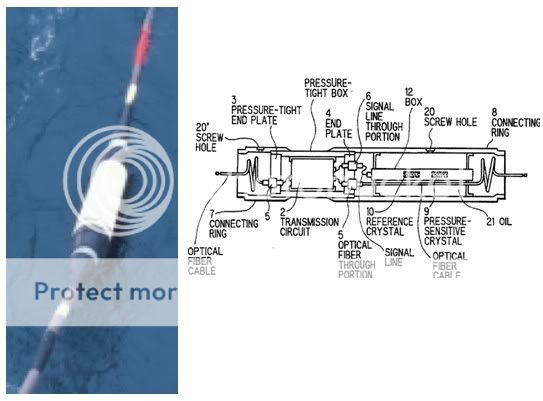Being a WAN guy at heart, I have always been amazed by the submarine fiber optic cable systems that crisscross the Earth. To be able to send gigabytes of data to India in seconds, call China on my mobile phone, and have a telepresence with Japan all because of these cable systems astonishes me.
Work on submarine cable systems actually began in the mid-19th century when copper wires were laid under the sea to connect countries using telegraphs. The first trans-Atlantic cable was laid in 1866 which was followed in 1903 by the first trans-Pacific cable.
The first trans-Atlantic telephone cable, TAT-1, was completed in 1956 connecting Scotland and Newfoundland. It carried a whopping 36 telephone calls. In the 1980s, fiber optic cables were developed and were put into undersea production first in 1988 when TAT-8 came online carrying 40,000 telephone calls.
This was an over 1000x increase in capacity since the first trans-Atlantic telephone cable 32 years earlier. (Interesting note about TAT-8 – it seems sharks enjoyed the taste, chewing on the wire until the repeater voltage would kill them and causing many outages. This lead to shark-proof cables.)
Undersea fiber optic systems today are made up of four parts. First, there is the fiber itself. An undersea fiber-optic cable is made up of multiple pairs of fibers. The optic fiber used in undersea cables is of the highest clarity permitting runs of more than 100 kilometers between repeaters. The fibers themselves are coated in seven layers of metals and composites to protect the cable.
The next part of the system are repeaters. Since optical signals are limited to between 100-400km because of signal loss, repeaters are used to regenerate the light wave during the long ocean trip. Repeaters are powered by a constant direct current passed down a conductor near the center of the cable. All repeaters in a cable are powered in series. Power feed equipment (PFE) is installed at the terminal stations on the land. These PFEs inject huge voltage into the line – 3,000, 4,000, and up to 10,000 volts – to power each repeater on the cable (now you can understand why Jaws went to shark heaven after his mid-morning snack).
The last two parts of an undersea fiber optic system are the cable landing point and cable termination station. The landing point is the where the cable makes landfall. The termination station is where the cable connects to the terrestrial network. There are a lot of these sites.

These four major components form an undersea cable system.

loading...
loading...



